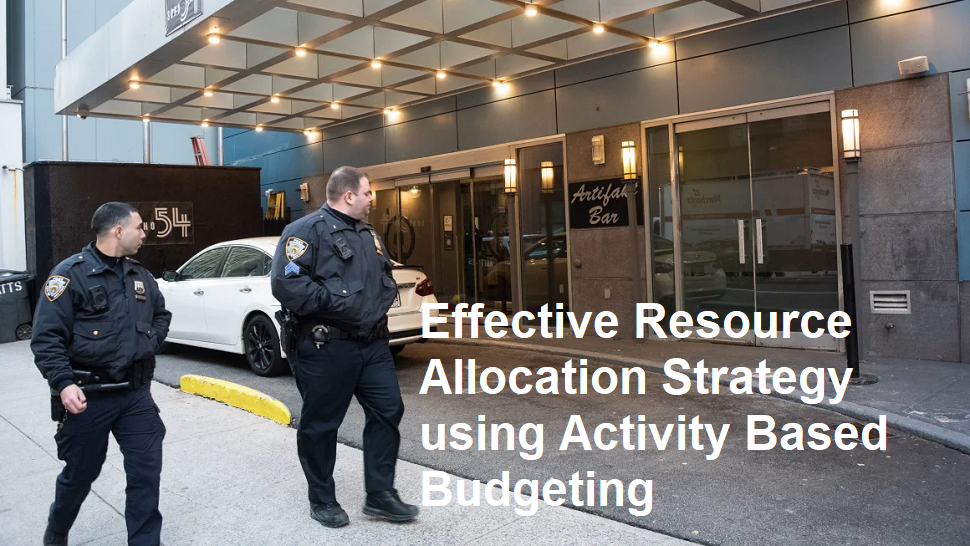UK government borrowing hit a five-year high in September, according to new official stats, adding extra pressure on the Chancellor right before the Budget.
The Numbers from the ONS
Oof. The numbers are in from the Office for National Statistics (ONS), and they paint a pretty tough picture of the UK’s finances. Last month, the government had to borrow a hefty £20.2 billion and get this that’s £1.6 billion more than they borrowed during the very same time last year. It really underscores the scale of the financial hole the UK is grappling with right now.When you zoom out for a moment and look at the first six months of this financial year, the total borrowing has already hit an eye-watering £99.8 billion. To give you some context, that is the second-highest figure for that six-month period since records even began back in 1993. The only year that saw more borrowing? Unsurprisingly, that was 2020, smack in the middle of the pandemic crisis.Now, for a minor point of interest, it turns out this figure is actually a little better than what most City analysts were bracing for (they were expecting around £20.8 billion). However, it did just sneak past the £20.1 billion prediction the Office for Budget Responsibility (OBR) laid out way back in March.
Why is Borrowing Up?
So, what’s truly fueling this alarming surge in government borrowing? Really, it boils down to two enormous factors. First, and it’s a killer, we’re facing sky-high interest payments on the national debt itself. We’re spending more just to service the debt we already have! And the second issue? Plain and simple, the government is spending a ton more across the board. They’ve opened the floodgates.
The Debt Interest Squeeze
So, why are the government’s borrowing totals ballooning? Well, a huge part of it boils down to the simple fact that servicing the UK’s debt is now costing a fortune. Get this, in September alone, the government had to shell out a whopping £9.7 billion just to cover the interest. That’s not principal, that’s just the interest and it’s £3.8 billion more than last year! This isn’t happening in a vacuum, it’s a direct consequence of the broader economic squeeze everyone’s feeling, especially those higher-than-average inflation rates and the knock-on effect of higher interest rates across the market. The bottom line is, those rates directly inflate the cost of the government’s loan payments.
Spending is Up Too
It’s not just debt interest, government spending is also contributing to the higher borrowing figures. While tax income did increase (thanks in part to increased employer national insurance contributions), government spending rose even faster. This is partly due to pay rises, the increasing costs of running essential services, and inflation-linked increases to state benefits.
What This Means for the Chancellor
These new borrowing figures aren’t exactly welcome news for Chancellor Rachel Reeves as she gears up for the Budget. It’s widely anticipated that she’ll be considering tax hikes to meet those self-imposed fiscal rules. We’re all waiting on the OBR next month. They’re going to update their forecasts and show us the actual size of the financial gap the government has to close if it wants to keep its tax and spending pledges before the end of this parliamentary term.
What the Experts are Saying
Economists are keeping a close eye on all of this. Capital Economics Chief Economist Paul Dales commented that “the chancellor would love tax receipts to be higher, but that will depend on faster growth in the economy.” Capital Economics is estimating that the government might need to find £27 billion in the Budget, with “higher taxes on households having to do the heavy lifting.”
Nick Ridpath, a Research Economist at the Institute for Fiscal Studies (IFS), laid bare the economic reality for the Chancellor, warning that three major obstacles could “make things even trickier.” He cited crippling debt interest payments, almost nonexistent financial flexibility (or “tiny headroom”), and the shadow of an imminent productivity downgrade. Ultimately, the IFS stressed that the government must implement exceptionally astute financial planning to successfully navigate these challenging economic currents.
How the Markets are Reacting
The financial markets are also watching the UK’s borrowing situation closely. Back in August, long-term borrowing costs hit their highest level since 1998, with the interest rate on 30-year government bonds jumping to 5.7%. Since then, they’ve dipped below 5.3%. The UK’s borrowing costs are easing up a touch, which is a tiny bit of good news, but honestly, it doesn’t solve the main problem. The key 10-year government bond yield what everyone looks at to gauge how expensive it is for the country to borrow has crept down from that scary 4.8% mark back in August to about 4.5% now. That small drop offers a welcome, though modest, reprieve, yet the sheer mountain of debt the nation is carrying still looms as a massive concern.
Government’s Growth Plan
To try and kickstart economic growth, the government has announced a few new initiatives. At the Regional Investment Summit in Birmingham, Chancellor Reeves unveiled plans to cut paperwork and red tape, which she says will save companies almost £6 billion a year. The idea is to make it easier for businesses to operate and encourage investment, leading to a stronger economy.
The Political Fallout
Look, it’s no shocker, the massive spike in government borrowing has immediately turned into a full-blown political scrap. You saw James Murray, the Chief Secretary to the Treasury, jump straight into the firing line, practically shouting that the government was absolutely committed to not ‘playing fast and loose with the public finances. That’s the standard line, of course, as the administration continues to peddle the goal of slashing debt so they can somehow free up the necessary cash injection for key public services you know, the NHS, schools, and the police force.
Yet, it was open season for criticism from the opposition. Shadow Chancellor Mel Stride didn’t hold back, flatly stating that borrowing was ‘soaring under this Labour government.’ In his view, ‘Rachel Reeves has lost control of the public finances, and it’s the next generation who are being saddled with Labour’s debts.’ These worries were immediately amplified by Liberal Democrat Treasury spokeswoman Daisy Cooper, who warned that the government should be hearing ‘alarm bells ringing’ as the Budget looms. While acknowledging that the Conservatives had left the economy in ‘a terrible state,’ she was blunt about the current administration, adding that ‘this government has made mistake after mistake, failing to get our economy growing again.’
Interestingly, the ONS figures also contained a fix a correction to earlier data where they’d miscalculated VAT receipts. While these revised figures give us a clearer snapshot of the government’s true financial position, the core issues remain daunting. Skyrocketing debt interest payments, higher government spending commitments, and the pressing need for fiscal discipline make for a seriously complex brief for the Chancellor as Budget Day approaches. Ultimately, the way the government navigates these economic pressures will be the defining factor shaping the UK’s financial horizon.












